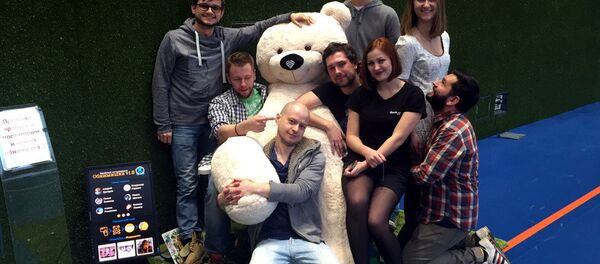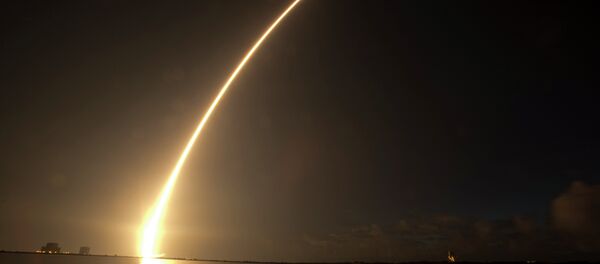In earlier missions, Fukushima nuclear plant owner/operator TEPCO discovered what had appeared to be a high-radiation hot spot inside the container, and sent in several less-robust remote surveillance devices that consistently failed. The remote-controlled scorpion was designed to withstand high radiation and climb masses of rubble.
"Challenges include enduring high levels of radiation and moving on the rough surface," TEPCO spokesman Shinichi Nakakuki said.
The scorpion robot, however, was not able to reach its final destination beneath the Unit 2 pressure vessel, through which nuclear fuel is thought to have melted. It is unclear why the scorpion's progression was blocked, whether the high-radiation levels damaged the robot, or if debris within the crippled facility, including previously-destroyed robots, barred the way.
The March 2011 Fukushima disaster took place after a 9.0 earthquake some 75 miles offshore triggered an enormous tsunami that then inundated the reactor and the surrounding coastline, damaging the facility beyond repair and causing a leakage of radioactive materials into the surrounding ecosystem. The tragedy left more than 18,000 people dead or missing.
According to the Japanese government, containment and decommissioning the permanently-damaged nuclear-power facility could cost $189 billion and take close to half a century to complete.



